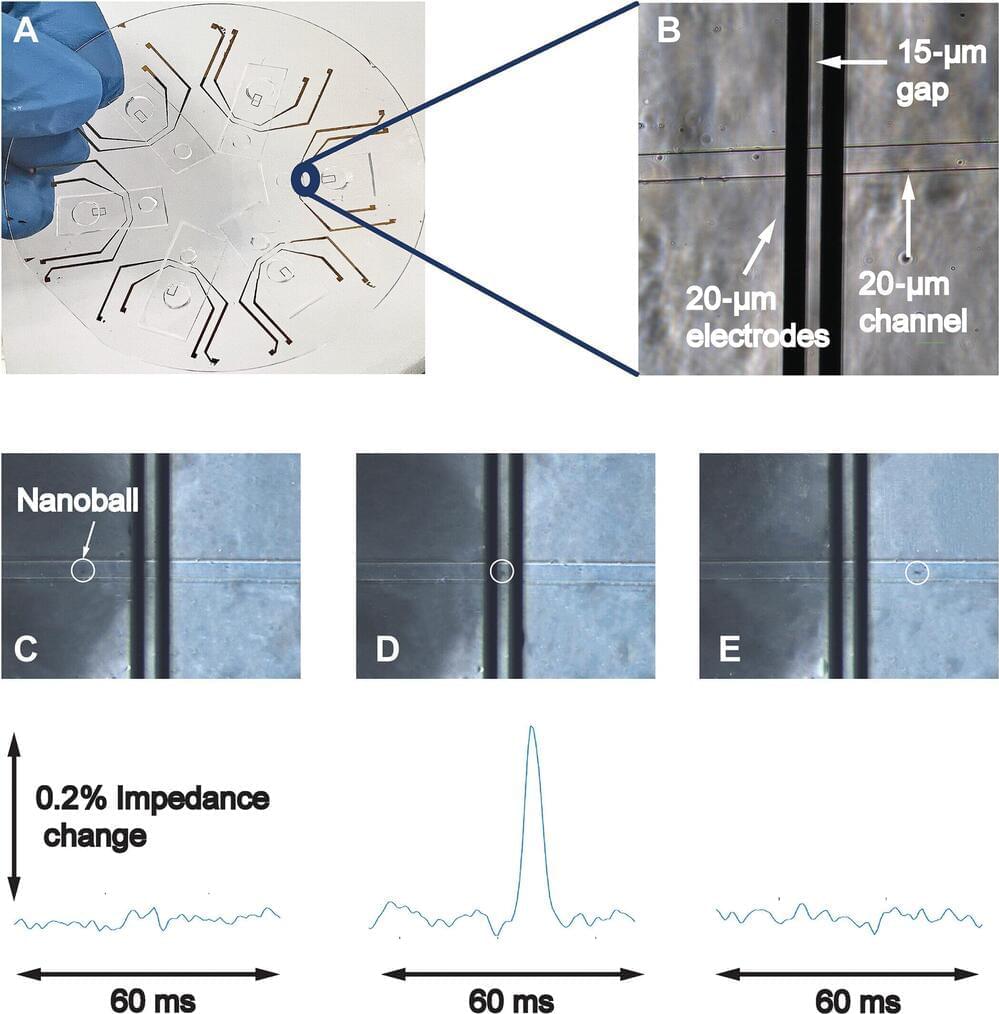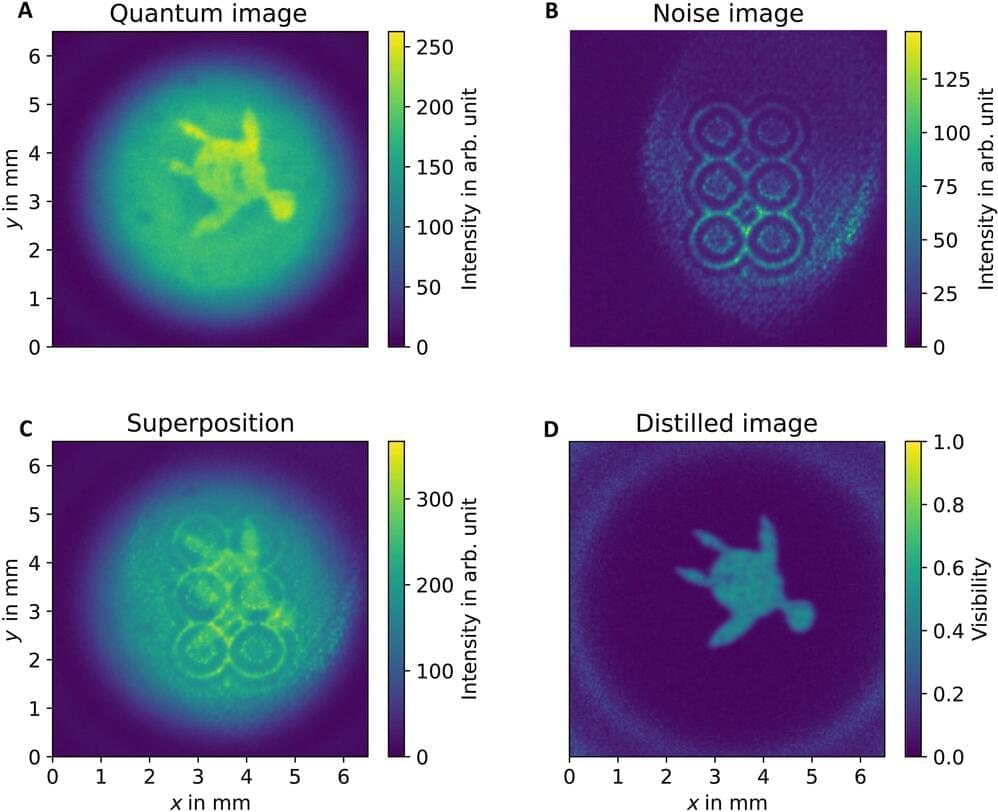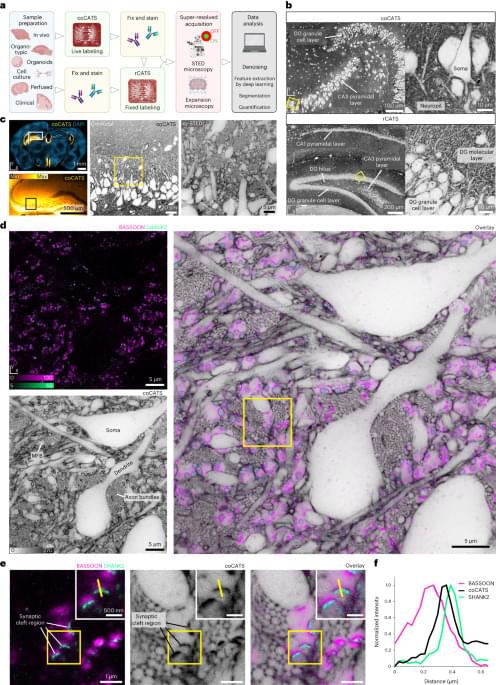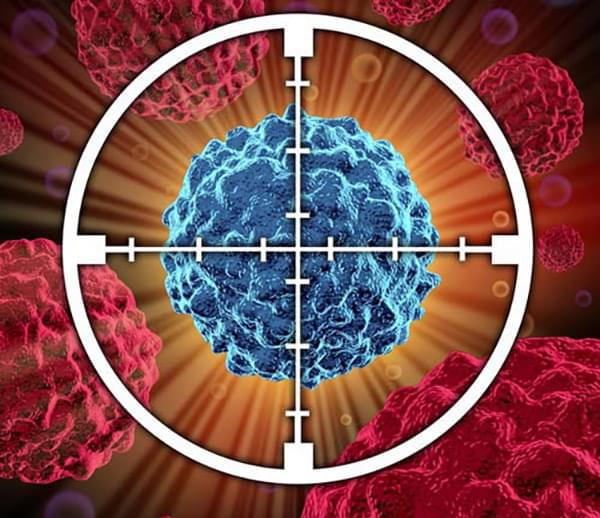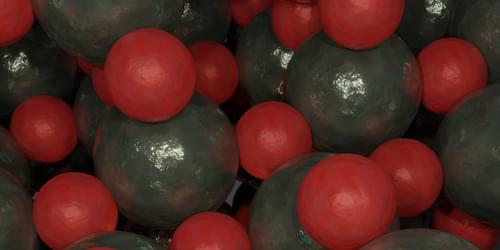Sep 10, 2023
New method combines DNA nanoballs and electronics to enable simple pathogen detection
Posted by Saúl Morales Rodriguéz in categories: biotech/medical, electronics
Researchers at Karolinska Institute have developed a novel method using DNA nanoballs to detect pathogens, aiming to simplify nucleic acid testing and revolutionize pathogen detection. The study’s results, published in Science Advances, could pave the way for a straightforward electronic-based test capable of identifying various nucleic acids in diverse scenarios quickly and cheaply.
Principal investigator Vicent Pelechano, an associate professor at Karolinska Institute’s Department of Microbiology, Tumor and Cell Biology, is cautiously optimistic about the technology’s potential to detect an array of pathogenic agents in real world settings.
“The methodology involves combining Molecular Biology (DNA nanoball generation) and electronics (electric impedance-based quantification) to yield a pioneering detection tool,” says Vicent Pelechano.
